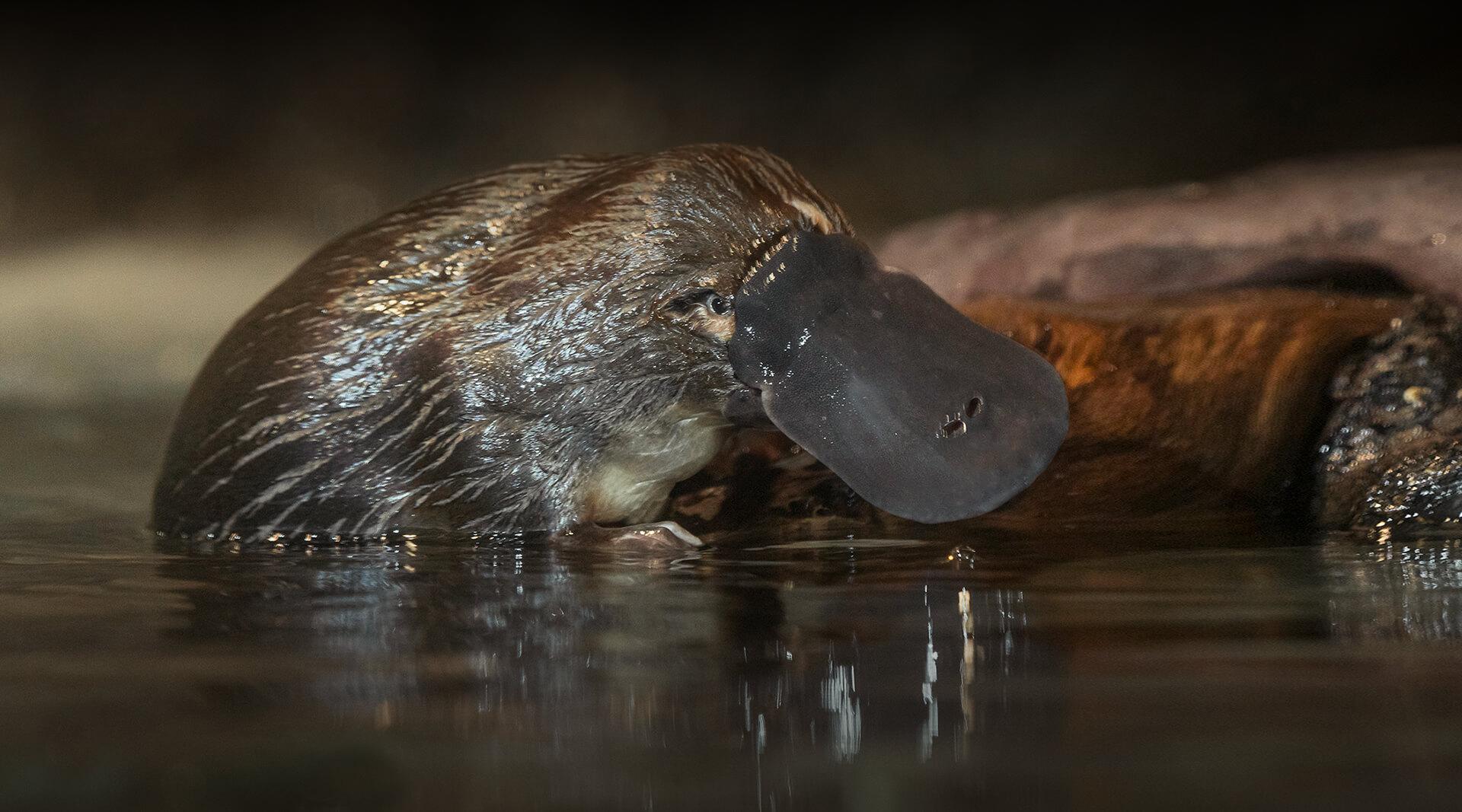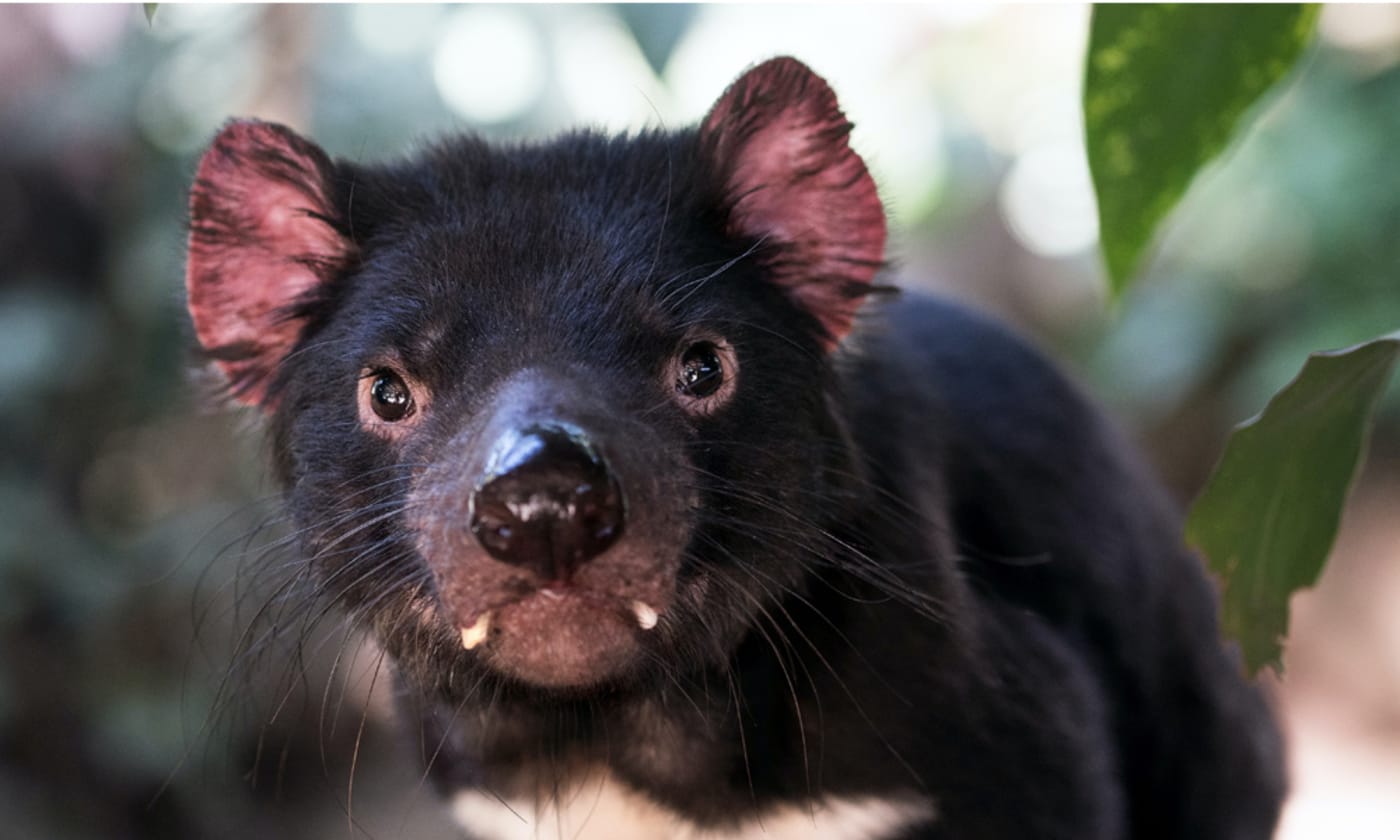Many AZA-accredited zoos feature common zoo animals like giraffes, elephants, or hippos while some might feature unusual animals such as okapis, armadillos, and tapirs. Still, there are many animals, both common and unusual, that are well-known but are extremely rare in US zoos and it can be appealing to see many of them. Here are some animals that are extremely rare in US zoos, and note that I’m only covering zoos accredited by the Association of Zoos & Aquariums (AZA).
Platypus: The platypus is an unusual animal which looks like several animals combined into one. It lives in Australia and is a monotreme, an egg-laying mammal, just like the echidna, which also lives in Australia. It has a tail like a beaver, waterproof fur like an otter, and bill and webbed feet like a duck. They are excellent swimmers and use their sensitive bill to find food like crayfish, shrimp, and worms on the bottom of the river. The only place in the nation where you can see platypuses outside of Australia is the San Diego Zoo Safari Park in Escondido, CA.

Emperor Penguin: The emperor penguin is the largest of the 18 penguin species. It lives in Antarctica and is mostly found in large colonies. They look similar to the king penguin, the second-largest penguin, but are way bigger. Unlike most penguins, which lay two eggs, the emperor penguin lays only one egg. The male incubates the egg while the female goes out in search of food. These flightless birds are mostly preyed on by leopard seals and orcas. Although this species of penguin is well-known by many people, the only US facility that exhibits this penguin species is SeaWorld San Diego in California. (Note: Don't go to SeaWorld until it sends its whales and dolphins to seaside sanctuaries. Read more about how SeaWorld harms animals here)

Muskox: The muskox is a large animal that lives in the Arctic tundra. These animals get their name from the musky odor that males produce to attract females during the breeding season. Although they have the word “ox” in their name, muskox are more related to goats and sheep than to cows. In fact, their genus name, Ovibos, translates to “sheep-ox.” Both males and females have large, curved horns, which the males use to fight with each other. They have a very thick coat of shaggy hair, which protects them from the cold weather in the Arctic. The herd maintains a defensive formation when attacked by a predator, such as an arctic wolf. The adults form a circle, facing the outside, while the calves are in the center. The only AZA facility in the US that exhibits these animals is the Point Defiance Zoo & Aquarium in Tacoma, Washington.

Tasmanian Devil: The Tasmanian devil is a carnivorous marsupial that is found on the island of Tasmania, which is right near Australia. They get their name from the screams and snarls they make while eating. They have black fur with white patches on their chest and rump. They also have strong jaws with shearing teeth that allow them to crush bones, which gives them their other name, the Australian hyena. These animals are mostly scavengers, which feed on carrion, but they also hunt prey such as small mammals and birds. They are mostly solitary, only coming together to feed, which is when you might hear growling and screeching from those animals. Here in the US, you can find these animals at the San Diego Zoo and Los Angeles Zooin California; Columbus Zoo & Aquarium and Toledo Zoo in Ohio; and Fort Wayne Zoo in Indiana.

Rough-Toothed Dolphin: The rough-toothed dolphin is a species of dolphin that lives in tropical and temperate waters of the Atlantic, Indian, and Pacific Ocean. Their name comes from the ridges found on their teeth, which is characteristic of this species. Another characteristic of this species is their large dorsal and pectoral fins. They’re generally smaller than most dolphin species and have snouts that look more like an alligator gar's. They have dark gray bodies with a white throat and spots on their underside. Here in the US, you can find these animals at Clearwater Marine Aquarium in Florida. (Note: The rough-toothed dolphins at Gulf World Marine Park were moved to the Clearwater Marine Aquarium on June 4, 2025, which makes the aquarium the only facility that houses these animals.)

There are lots more rare animals which I'm going to talk about in possibly the next article. Stay tuned for Part 2
Sources
- https://animals.sandiegozoo.org/animals/platypus
- https://fwzoo.com/our-animals/tasmanian-devil/
- https://animals.sandiegozoo.org/animals/tasmanian-devil
- https://www.fisheries.noaa.gov/species/rough-toothed-dolphin
- https://lazoo.org/2025/07/the-la-zoo-welcomes-two-tasmanian-devils-from-down-under/
- Zoo Tours: Arctic Tundra & Red Wolf Woods | Point Defiance Zoo
- RAREST American Zoo Animals I've seen & Where I Found Them [PART ONE] by Zoo Tours
- RAREST American Zoo Animals I've seen & Where I Found Them [PART TWO] by Zoo Tours